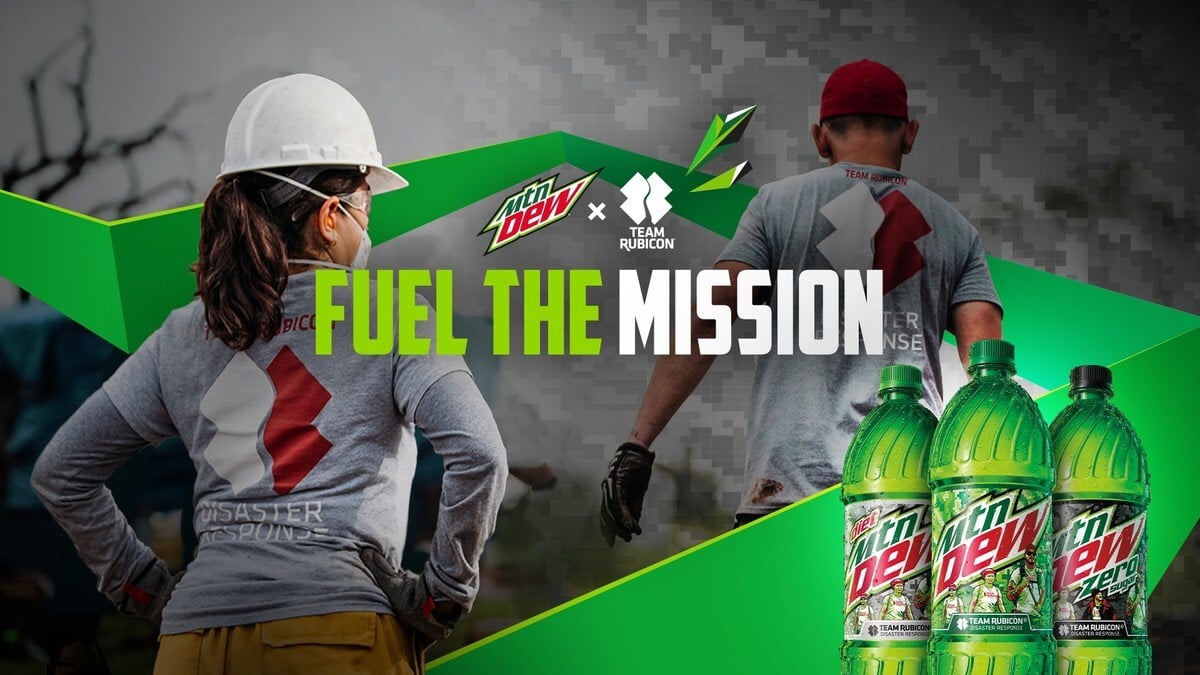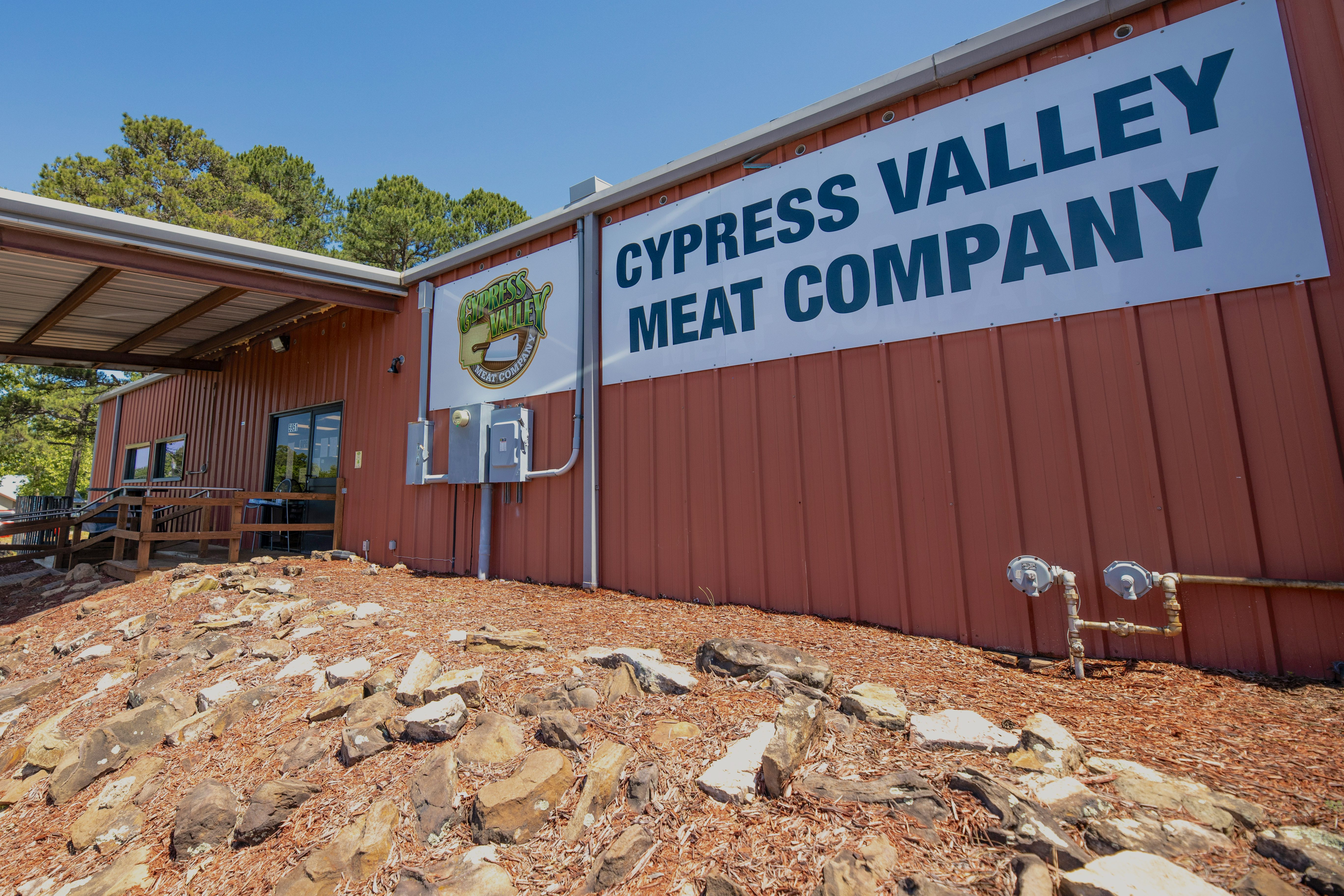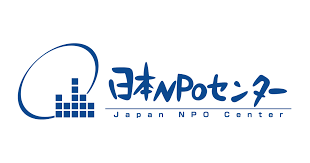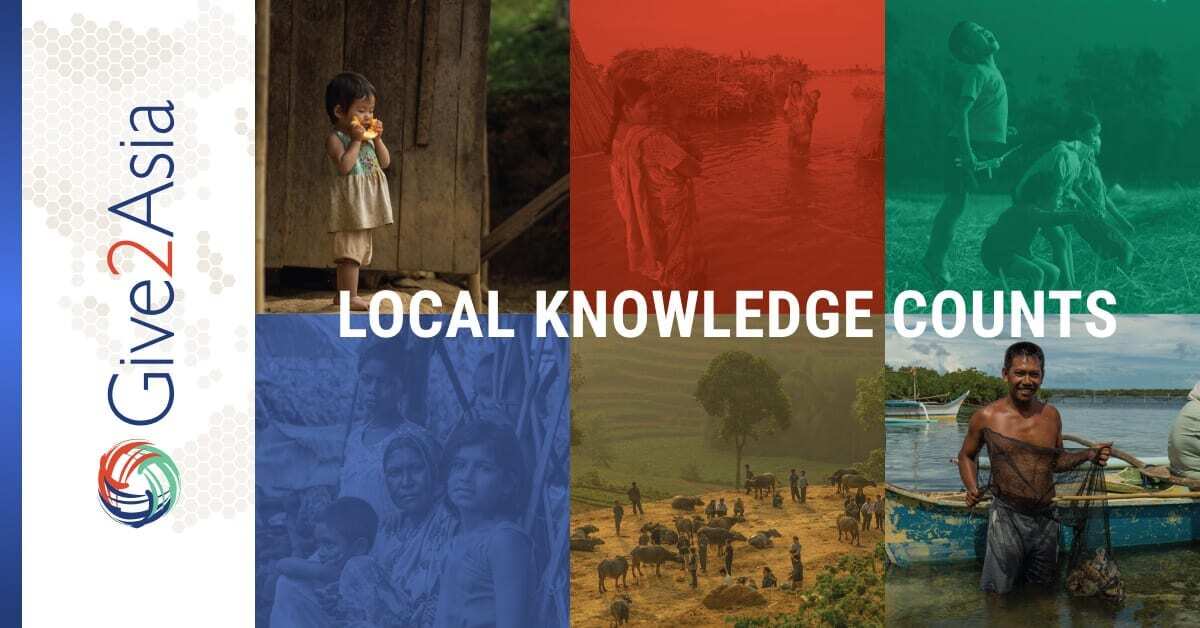The Japan Chernobyl Foundation (JCF) is a nonprofit organization based in Matsumoto, Nagano, originally dedicated to providing medical support to victims of the 1986 Chernobyl nuclear disaster. In 2004, they began to provide pediatric oncology support for children in Iraq, when they faced a critical decision: whether to accept corporate sponsorship from Kirin Brewery Company to support their new initiatives. The potential partnership promised important financial resources and the ability to expand their humanitarian efforts, particularly in providing medical supplies to children suffering from leukemia. However, any nonprofit will also grapple with the fear of losing mission integrity and even control of its own governance. Beyond that, for many organizations, any alignment with a corporate entity can do reputational damage that can be irreparable.
After careful deliberation, JCF chose to proceed with the sponsorship, implementing strict guidelines to preserve their independence and ensure transparency in the partnership. This case exemplifies the complex considerations nonprofits, Japanese or foreign, must navigate when evaluating corporate sponsorships, balancing financial (and more recently, technical or other resource) support against the imperative to uphold their core mission and public trust.







